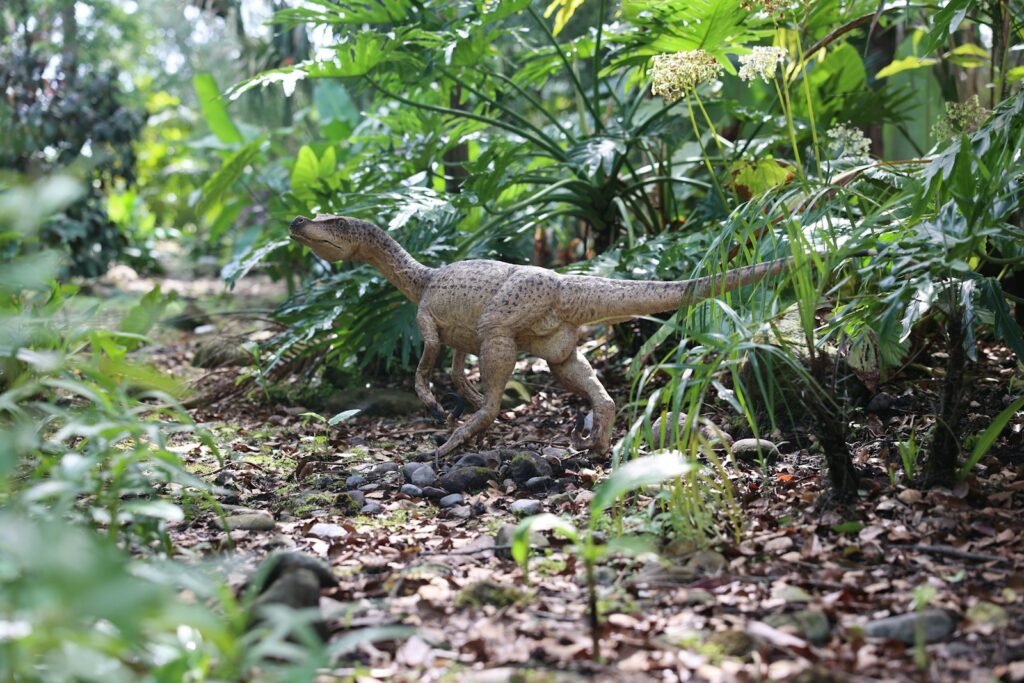A shoreline that reads like a library of vanished worlds is not supposed to be this easy to reach, yet buses drop you within steps of cliff faces that span from the Triassic to the Cretaceous. The Jurassic Coast, stretching along southern England, is less a place than a time machine you can hike. Storms rip pages from its story every winter, and scientists race to read the fragments before the sea scatters them. Walkers come for the views, then leave with questions about deserts turned to stone, seas that rose and fell, and creatures that swam where villages now stand. That tension – between urgent erosion and extraordinary discovery – makes this coastline feel alive, even as it tells of worlds that are long gone.
The Hidden Clues
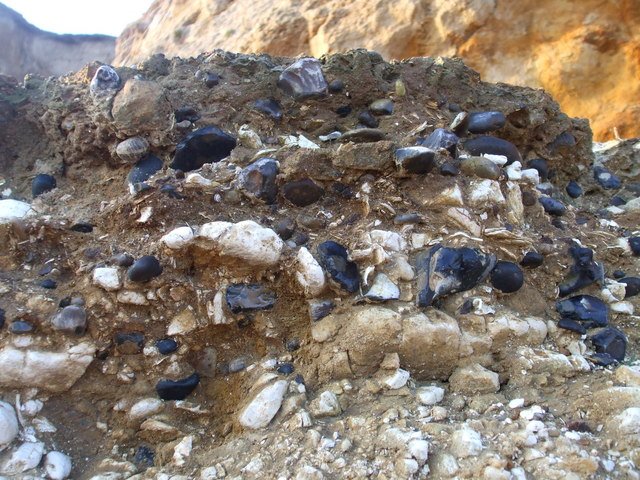
Imagine stepping onto a beach where the ground beneath you shifts not underfoot, but through time. Each headland around the next bend reveals rocks that are older or younger by millions of years, stacking stories like chapters left open to the weather. To stroll from red Triassic cliffs near Exmouth to pale Cretaceous chalk near Old Harry Rocks is to walk through roughly one hundred eighty-five million years in a single outing.
Those color shifts are not just pretty – they’re code. Rusty Triassic sandstones whisper of rivers and deserts; dark Jurassic shales speak of warm, quiet seas; chalk and limestone mark later, brighter waters. Even a casual eye catches fossils of ammonites that look like coiled art, or belemnites shaped like arrowheads, each a timestamp you can hold in your hand.
A Coast Built in Layers
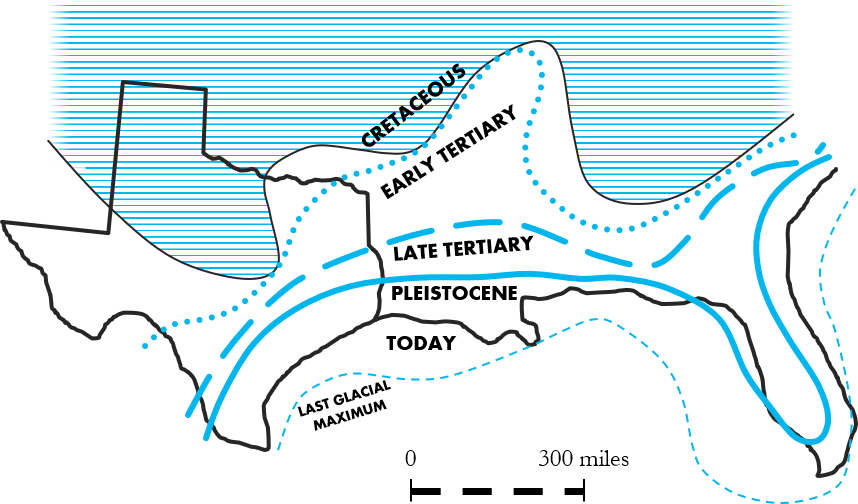
The coastline’s big landmarks are more than photogenic – they are experiments run by nature. Durdle Door arches through tough limestone where waves gnawed a doorway into a cliff, while nearby Lulworth Cove shows how a hard rock rim protects softer clays within, carving a near-perfect bowl. Chesil Beach, a sweeping shingle bar, curves like a giant fingerprint pressed by storms across centuries.
For orientation on the walk, a few anchor facts help: – The World Heritage Site spans roughly ninety-five miles from Exmouth to Studland Bay. – The exposed sequence runs from Triassic through Jurassic to Cretaceous rocks, a near-continuous record rare on Earth. – Chesil Beach stretches about eighteen miles, a shingle barrier tied to Portland by a tombolo. Together, these features turn a coastal path into a field guide you can follow with your boots.
From Ancient Tools to Modern Science
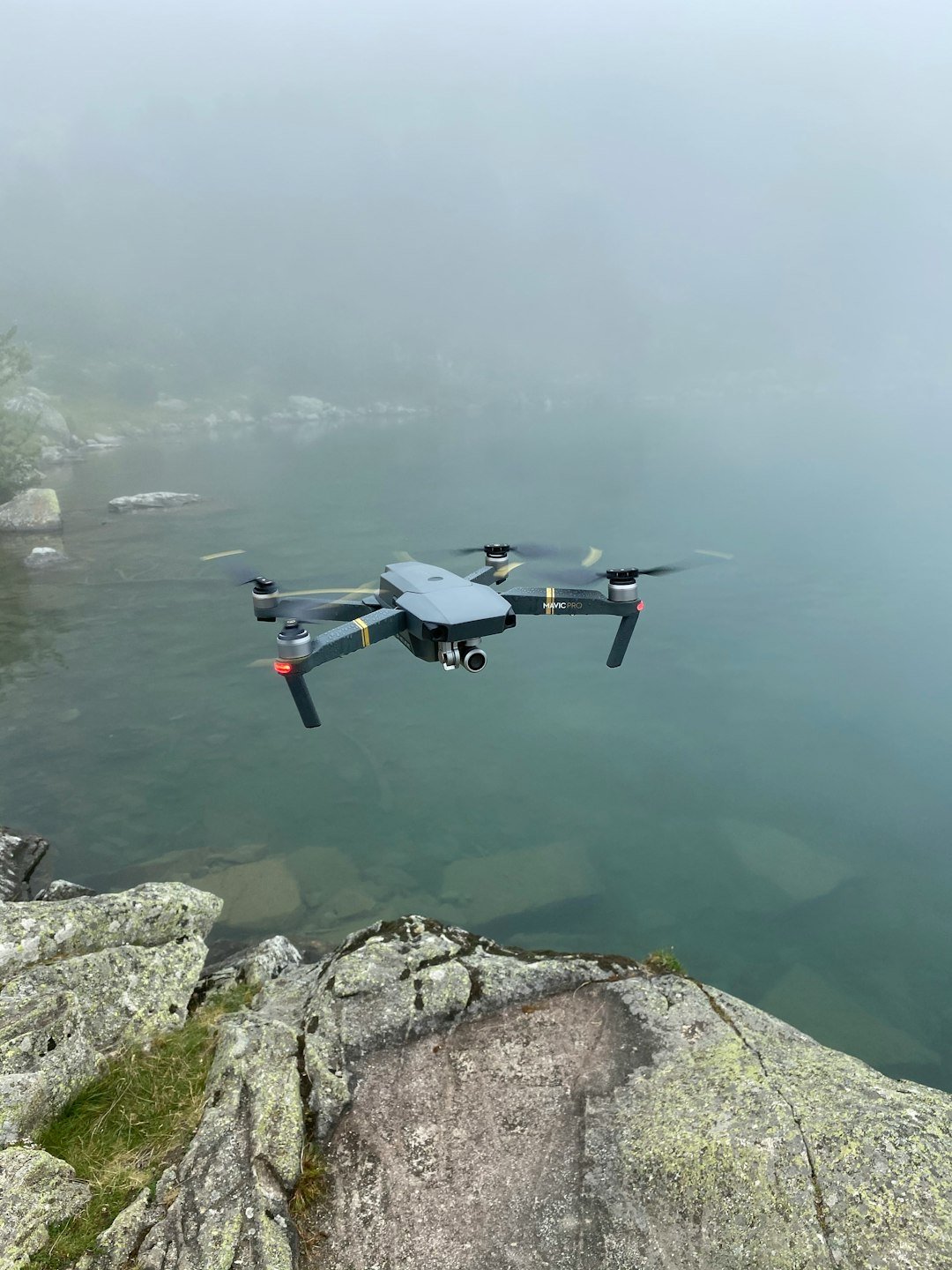
Coastal science here began with sharp eyes and simple hammers, but today it’s a fusion of drones, high-resolution photography, and precise GPS. Researchers map cliff faces after storms, comparing images to spot fresh fractures before the next landslide turns them into headlines. That allows local authorities to close sections proactively and archaeologists to reach new exposures safely.
Stratigraphers still read the layers with classic methods – measuring bedding planes, logging fossils – but now they overlay those logs with laser scans and satellite data. The result is a moving picture of a coast in motion, week by week, year by year. It feels like watching a slow avalanche in high definition, with the added twist that each grain holds a clue to ancient climates.
Fossils That Changed Science
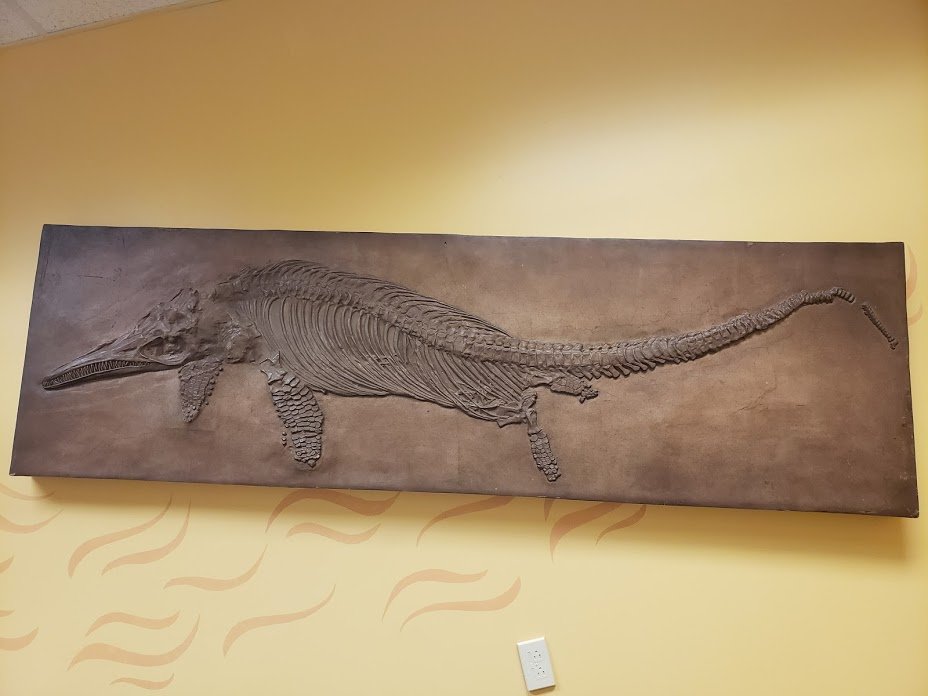
Long before “Jurassic” became a movie brand, the cliffs at Lyme Regis and Charmouth rewrote natural history. Fossils from these sands and shales have revealed dolphin-like ichthyosaurs, long-necked plesiosaurs, and the intricate shells of ammonites that evolved in step with changing seas. Many museum halls around the world trace their origins to specimens first pulled from these beaches.
What makes this stretch exceptional is not just the star fossils, but the context. Layers capture ecosystems from seabed to shoreline, letting paleontologists link creatures to the environments they lived in. That connection turns spectacular skulls into working data about food webs, ocean chemistry, and extinction pulses that echo through the rock.
Forces That Never Sleep

This is a coastline built by conflict – waves versus rock, gravity versus friction, storm pulses versus spring calms. Winter rains seep into clays, adding weight until whole slopes sigh and slump, releasing fossil-rich blocks to the tideline. What looks like sudden drama is often months in the making, a slow tightening of the system until it lets go.
To stand on the shingle at Chesil during a gale is to feel physics become personal; I’ve done it once, and the pebbles hissed like soda poured over ice. Each storm re-sorts stones by size, with larger cobbles marching landward and finer shingle slipping seaward. The beach rebuilds and relaxes like a living lung, its breath measured in waves.
Why It Matters
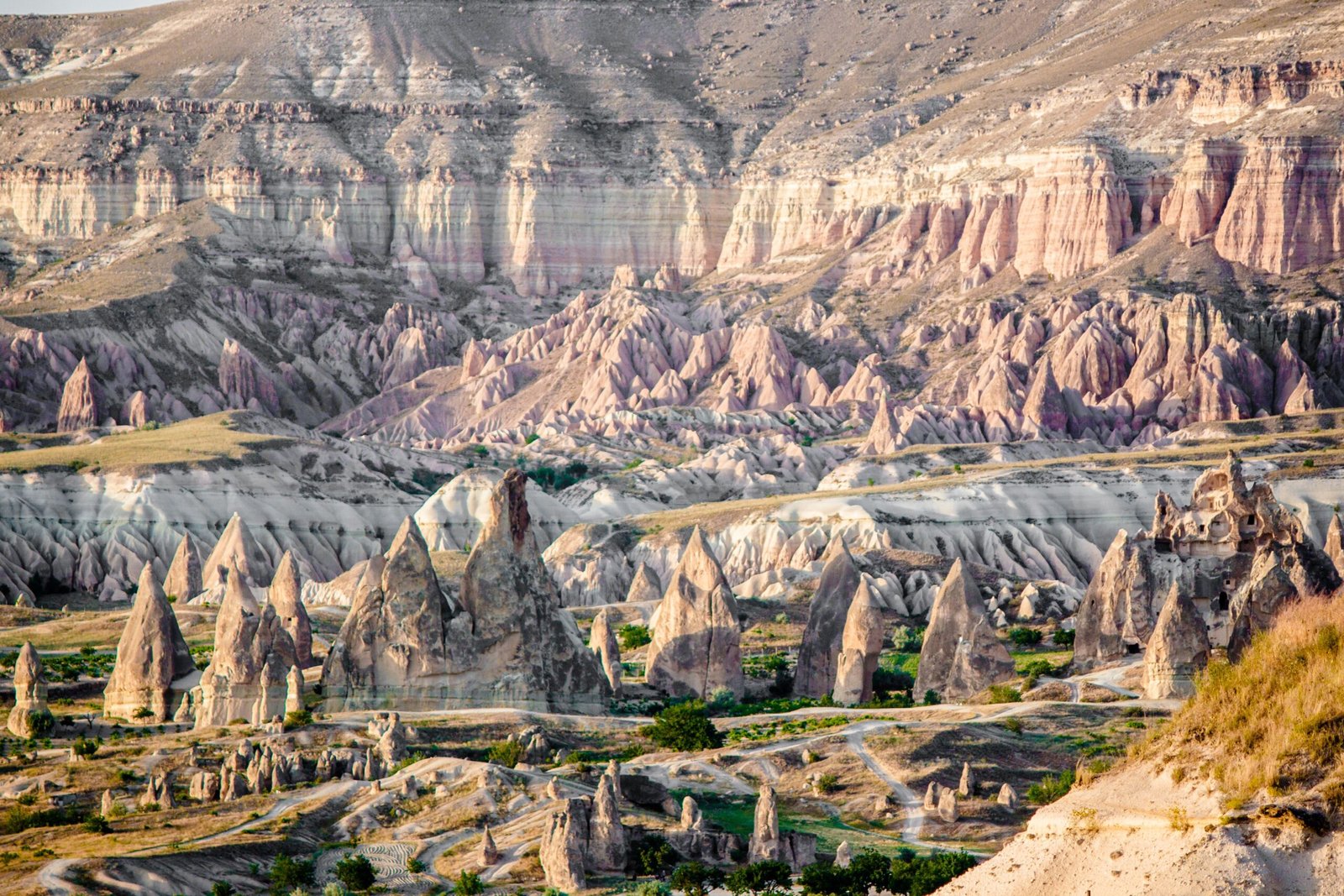
In an era when climate stories often feel abstract, the Jurassic Coast turns them into something you can see and touch. Erosion rates respond to rainfall patterns and storm tracks, offering a natural barometer for a warming world. When cliffs fail here, they don’t just redraw a map; they reveal new windows into past greenhouse intervals and marine life that endured them.
That feedback loop – modern change exposing ancient change – makes the site a laboratory for resilience. Compared with single outcrops inland, this coastline reveals long runs of rock with fewer breaks, letting scientists track environmental shifts layer by layer. It’s a reminder that the past is not a museum; it’s a manual, dog-eared and weather-stained, but still readable if we keep turning the pages.
The Future Landscape

Looking ahead, the research toolkit is getting sharper and lighter. Drone swarms can sweep a cliff in minutes, producing 3D models that help geologists predict where cracks will propagate next. Add machine learning to sift decades of imagery, and patterns emerge: which bays are growing, which headlands are thinning, which gullies are primed for failure.
There’s also a social forecast to weigh. More visitors bring more eyes to spot finds, but also more pressure on fragile slopes and footpaths. Balancing access with protection will hinge on smart signage, seasonal diversions, and citizen reporting apps that nudge discovery into safer, more sustainable channels.
Walking With Care and Local Lives
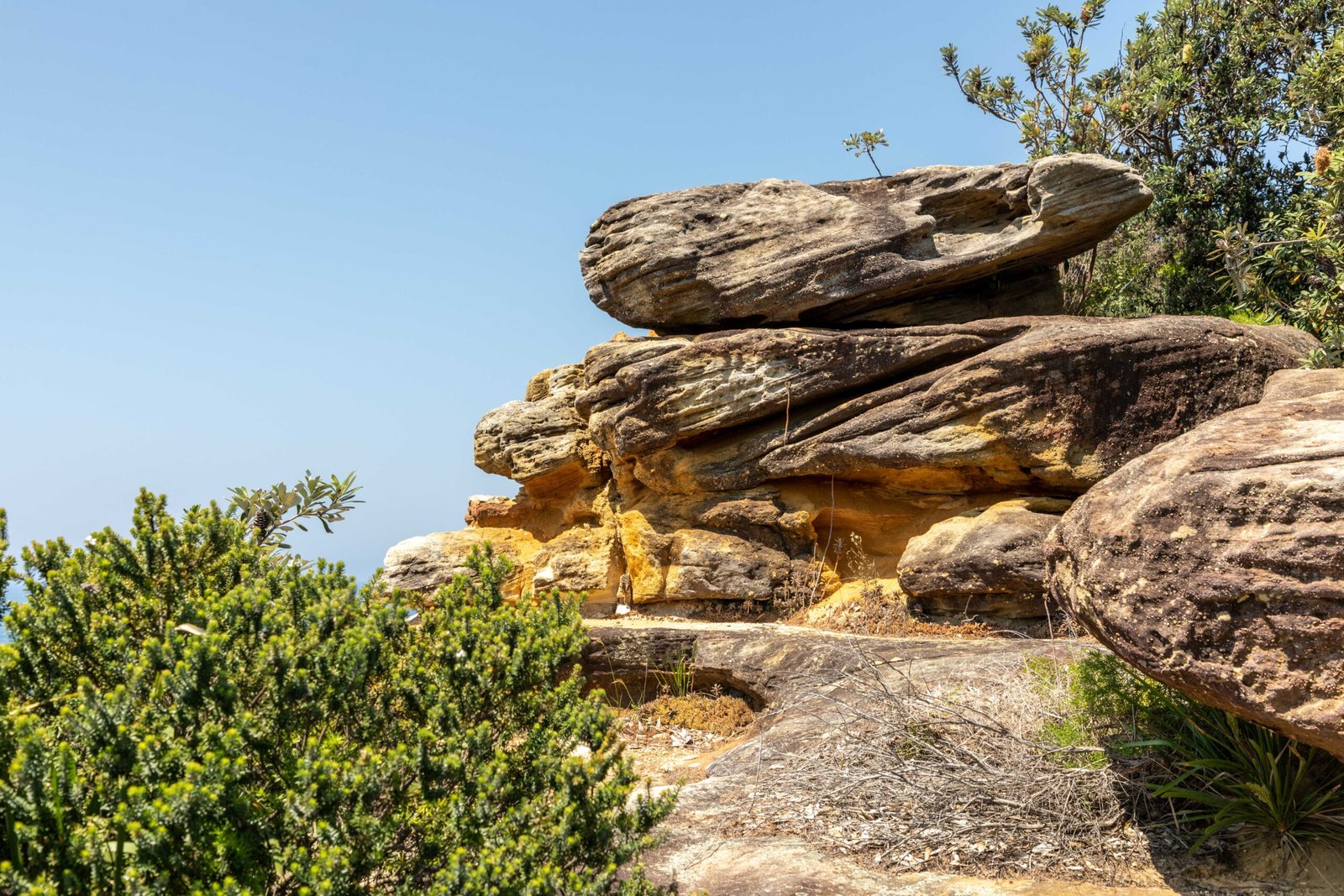
Every path here crosses both deep time and daily life. Fishing fleets steer past the same reefs that once hosted Jurassic reefs, and small businesses depend on the seasons just as surely as the cliffs do. When a landslide closes a stretch of trail, it ripples through cafés, B&Bs, and boat tours before the rocks have settled.
Practical choices help keep the story going: staying below the cliff fall line, checking tide times, and leaving hammering to professionals on fixed exposures. Loose fossils found on the beach are often fair game to pick up, but removing material from the cliffs can be both unsafe and harmful to science. The best walks end with pockets full of photos, not chisels full of trouble.
Conclusion
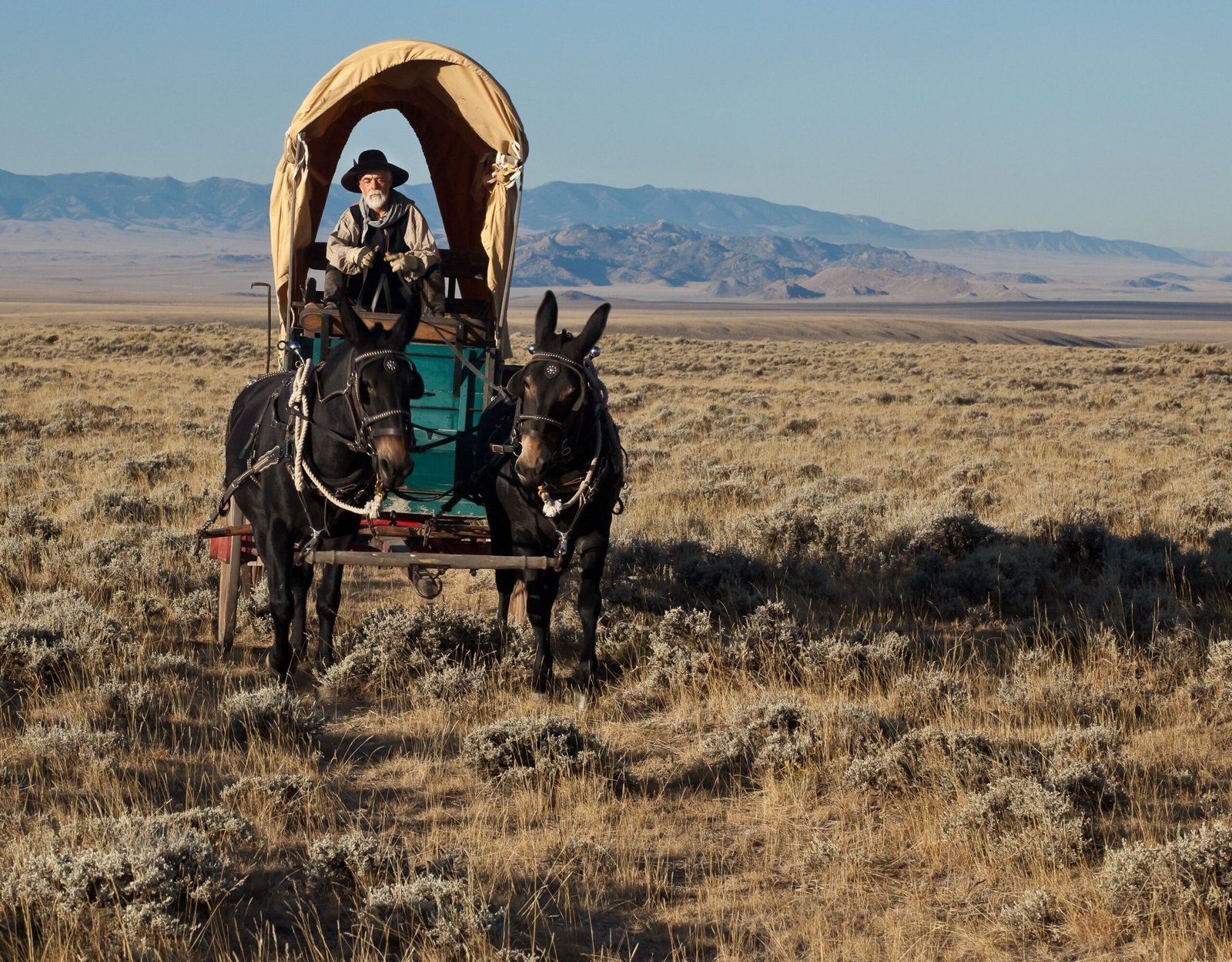
If you’re planning the walk, bring curiosity and a little humility; this coast was old before mammals dreamed of towns. Stick to marked paths, give the cliffs respectful distance, and share any notable finds with local centers so scientists can log what the sea has revealed. If you can, support conservation groups that maintain paths, fund monitoring, and keep the coast readable for the next storm season.
Teachers can turn a day here into living curriculum, and residents can report fresh cracks or falls that might need attention. Think of yourself as a page-turner in a book that never quite closes, helping the next reader start in the right place. What chapter will you help reveal next?

Suhail Ahmed is a passionate digital professional and nature enthusiast with over 8 years of experience in content strategy, SEO, web development, and digital operations. Alongside his freelance journey, Suhail actively contributes to nature and wildlife platforms like Discover Wildlife, where he channels his curiosity for the planet into engaging, educational storytelling.
With a strong background in managing digital ecosystems — from ecommerce stores and WordPress websites to social media and automation — Suhail merges technical precision with creative insight. His content reflects a rare balance: SEO-friendly yet deeply human, data-informed yet emotionally resonant.
Driven by a love for discovery and storytelling, Suhail believes in using digital platforms to amplify causes that matter — especially those protecting Earth’s biodiversity and inspiring sustainable living. Whether he’s managing online projects or crafting wildlife content, his goal remains the same: to inform, inspire, and leave a positive digital footprint.

